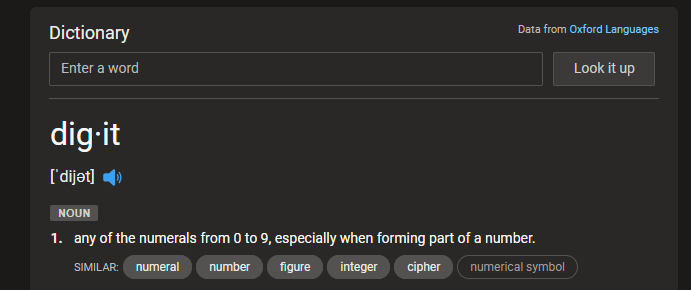
An experiment with benford's law.
https://en.m.wikipedia.org/wiki/Benford%27s_law

Benford's law assumes the log of the final number is distributed uniformly.
If we put an upper or lower bound on what the answer can be, we can calculate a distribution based on that (for example if there is already 500M spent on the market and we don't think it will ever go higher than 10,000M, then first digits 1-4 are less likely because we're already up to 500).
I've made a spreadsheet to calculate this here:
I've shared as view only, but you should be able to make a copy of the spreadsheet and put in your own numbers.
🏅 Top traders
| # | Name | Total profit |
|---|---|---|
| 1 | Ṁ251 | |
| 2 | Ṁ50 | |
| 3 | Ṁ3 | |
| 4 | Ṁ1 |
People are also trading
Benford's law assumes the log of the final number is distributed uniformly.
If we put an upper or lower bound on what the answer can be, we can calculate a distribution based on that (for example if there is already 500M spent on the market and we don't think it will ever go higher than 10,000M, then first digits 1-4 are less likely because we're already up to 500).
I've made a spreadsheet to calculate this here:
@Daniel_MC I've shared as view only, but you should be able to make a copy of the spreadsheet and put in your own numbers

